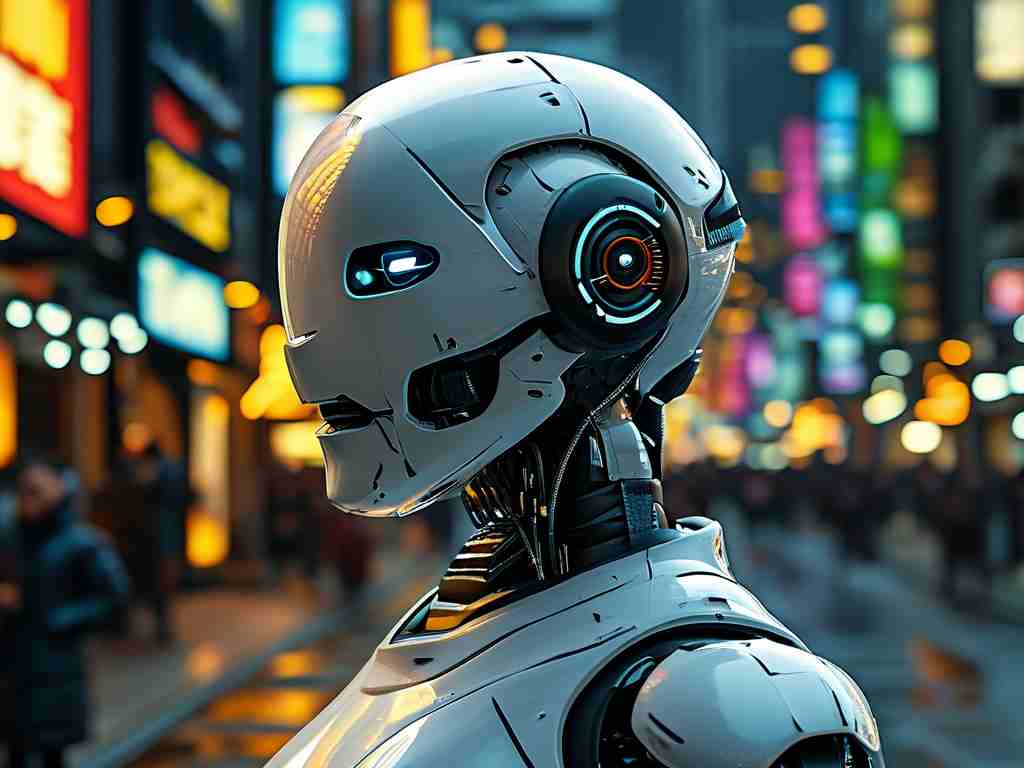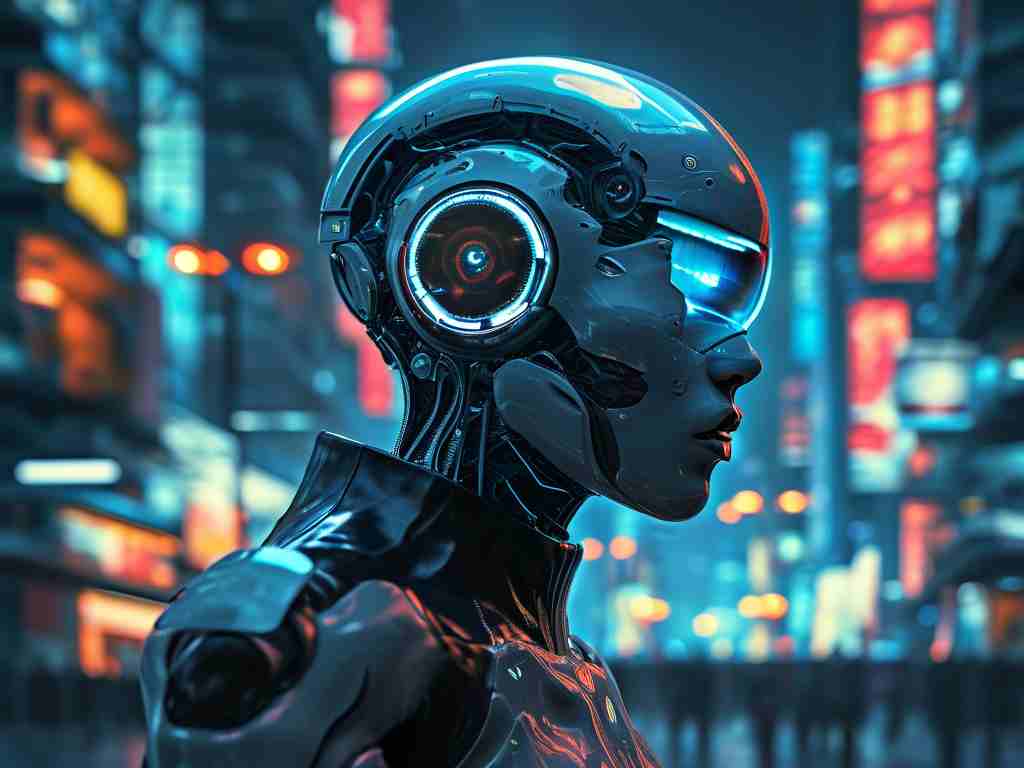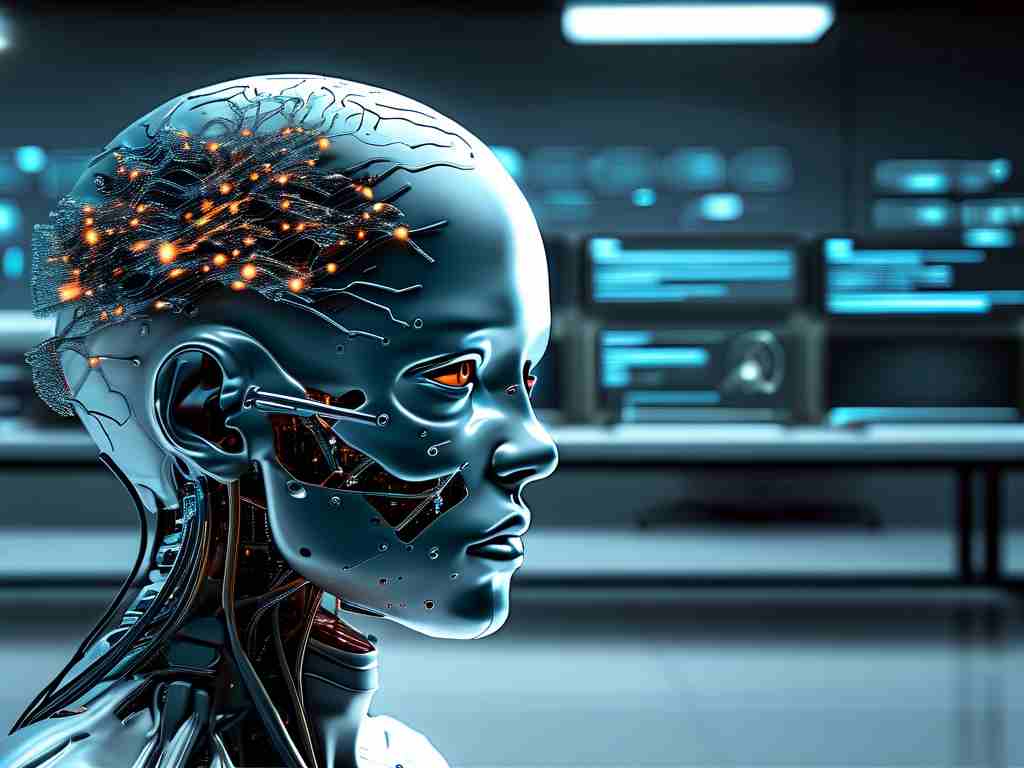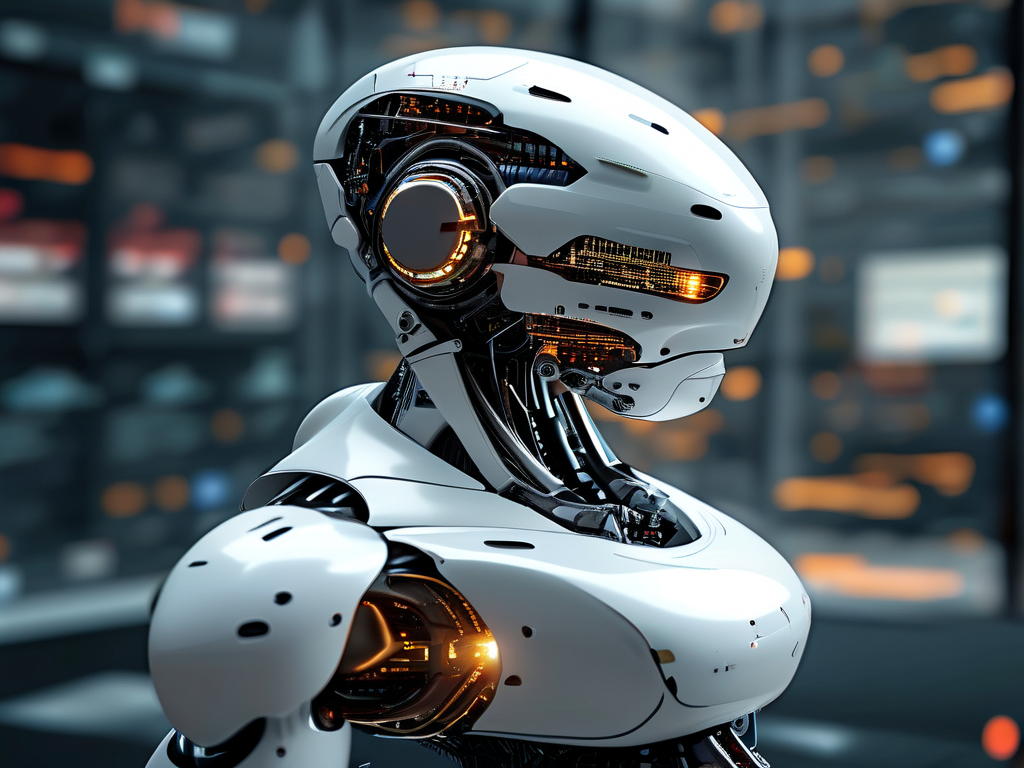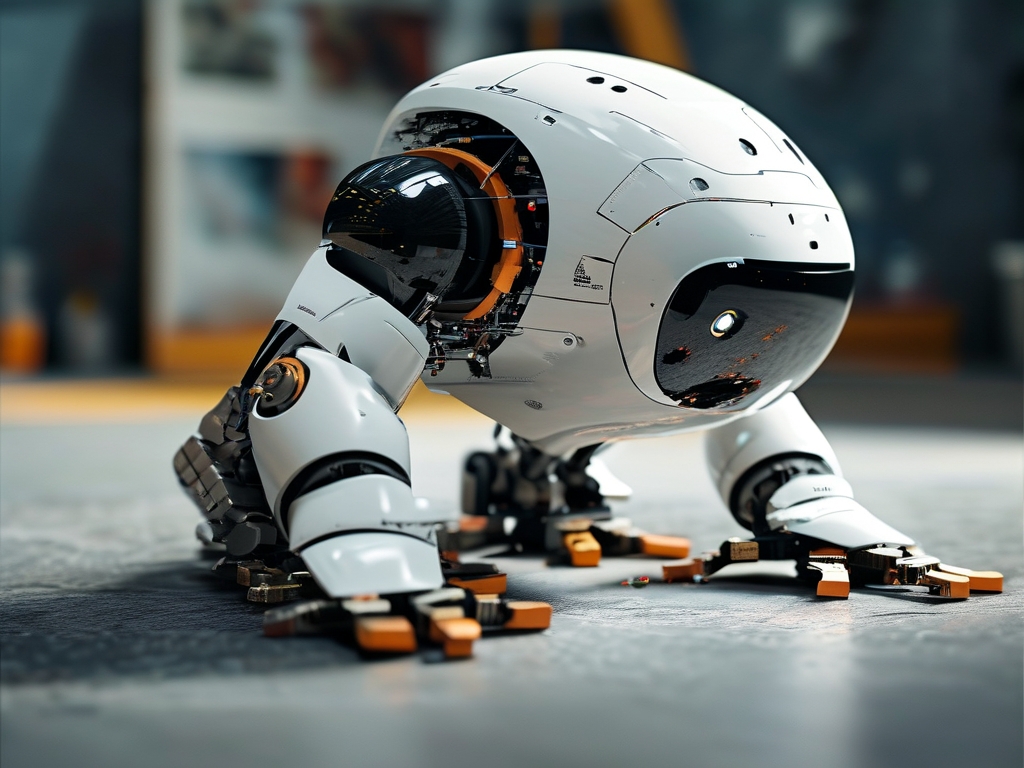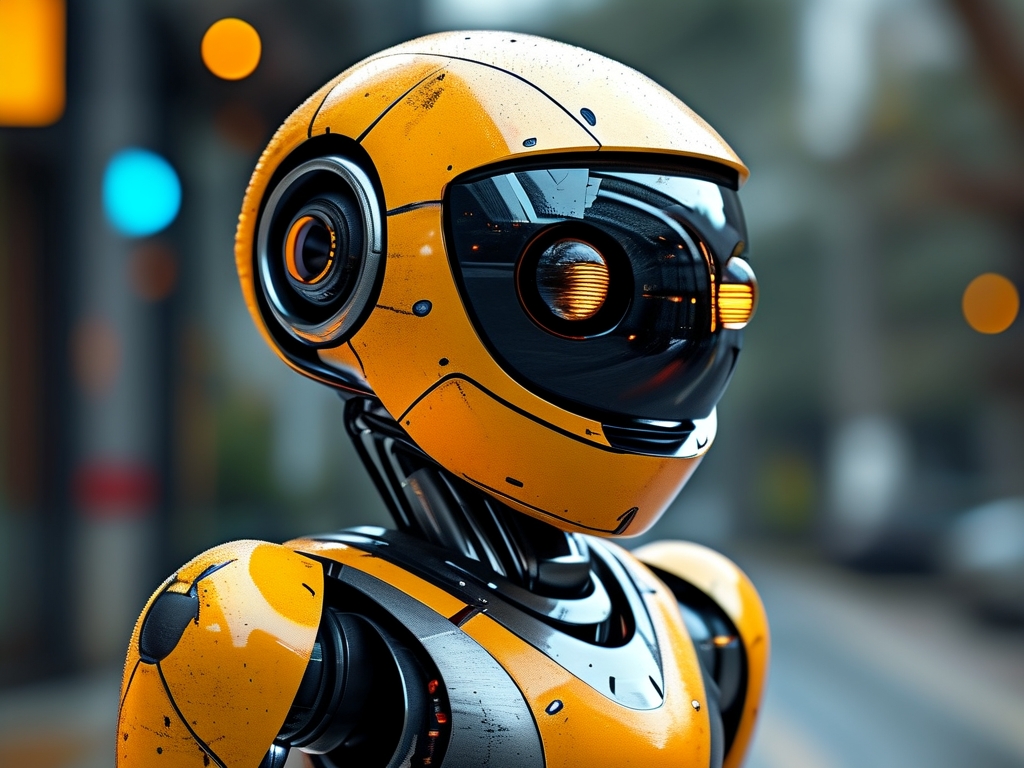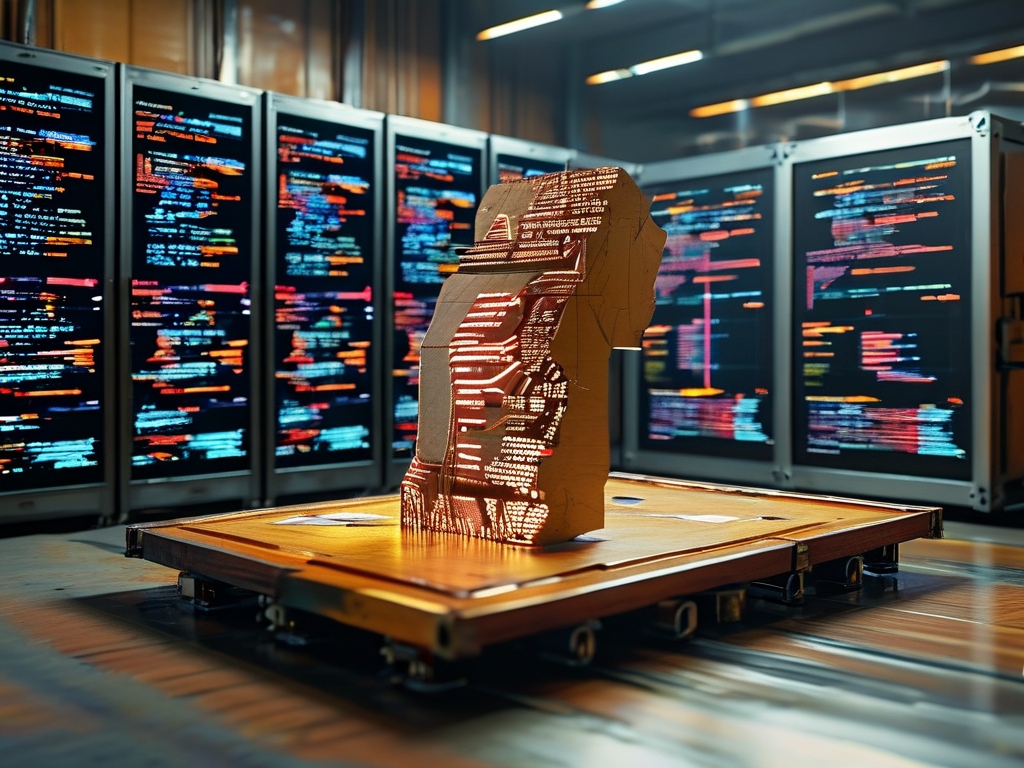The journey of robotic evolution has been shaped by a constellation of technological breakthroughs, many operating beneath the surface of public awareness. While humanoid robots and autonomous drones capture headlines, the true revolution lies in the convergence of advanced algorithms, adaptive hardware architectures, and sensor integration frameworks that enable machines to perceive and interact with dynamic environments.
At the core of this transformation are neuromorphic computing systems that mimic biological neural networks. Unlike traditional binary processors, these chips process information through parallel pathways that enable real-time learning. Boston Dynamics' latest quadruped robots, for instance, utilize this architecture to recover from slips on icy surfaces by analyzing 200+ proprioceptive data points per second – a capability borrowed from human spinal reflex mechanisms but enhanced through silicon-based neural simulations.
Material science innovations have quietly revolutionized robotic durability. Self-healing polymers, initially developed for aerospace applications, now allow industrial robots to repair minor abrasions during continuous operation. Researchers at MIT recently demonstrated a gripper coated with thermoplastic elastomer that seals surface cracks when exposed to ambient workshop temperatures, reducing maintenance downtime by 40% in manufacturing environments.
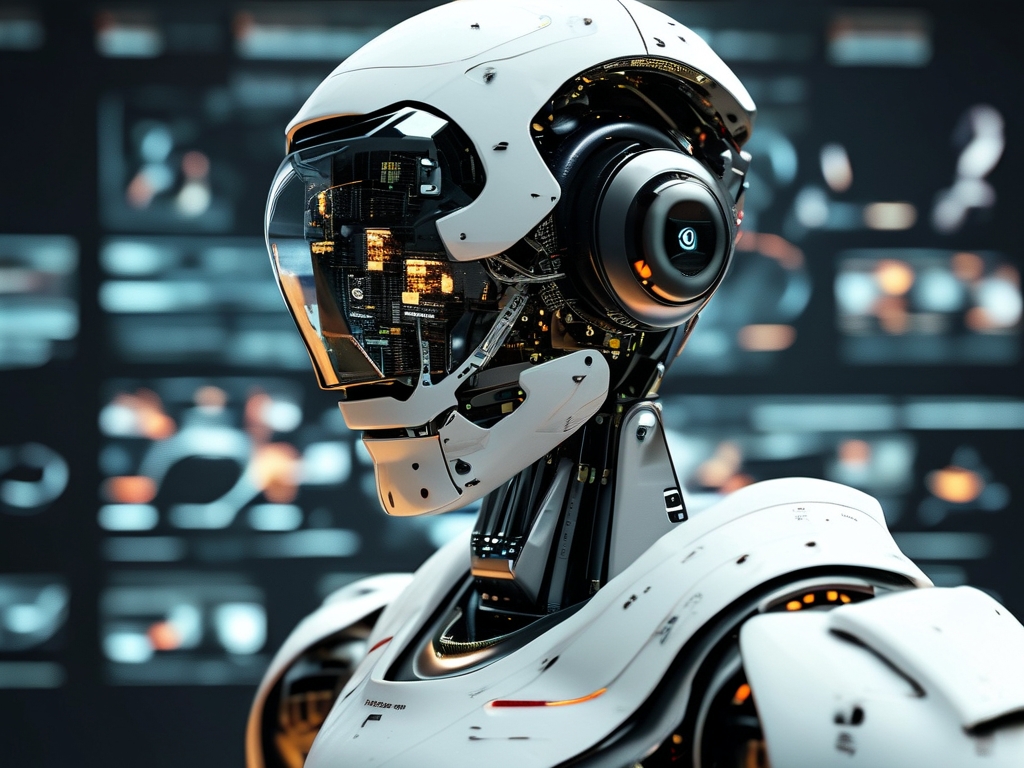
The unsung hero of robotic advancement might be multi-modal sensor fusion – the ability to combine LiDAR, thermal imaging, and millimeter-wave radar data into cohesive environmental models. Autonomous vehicles exemplify this technology, where overlapping sensor inputs create redundancy that ensures reliability in fog, rain, or blinding sunlight. What's less known is how this approach has enabled surgical robots to distinguish between tissue types by combining hyperspectral imaging with tactile feedback, achieving 98.7% accuracy in tumor margin detection during live operations.
Energy efficiency breakthroughs are reshaping robotic mobility. The development of bendable solid-state batteries has allowed drones like DJI's agricultural models to achieve 58-minute flight times – a 300% improvement over 2019 models. This same technology powers prosthetic limbs that adjust grip strength based on EMG signals while consuming less power than a smartphone flashlight.
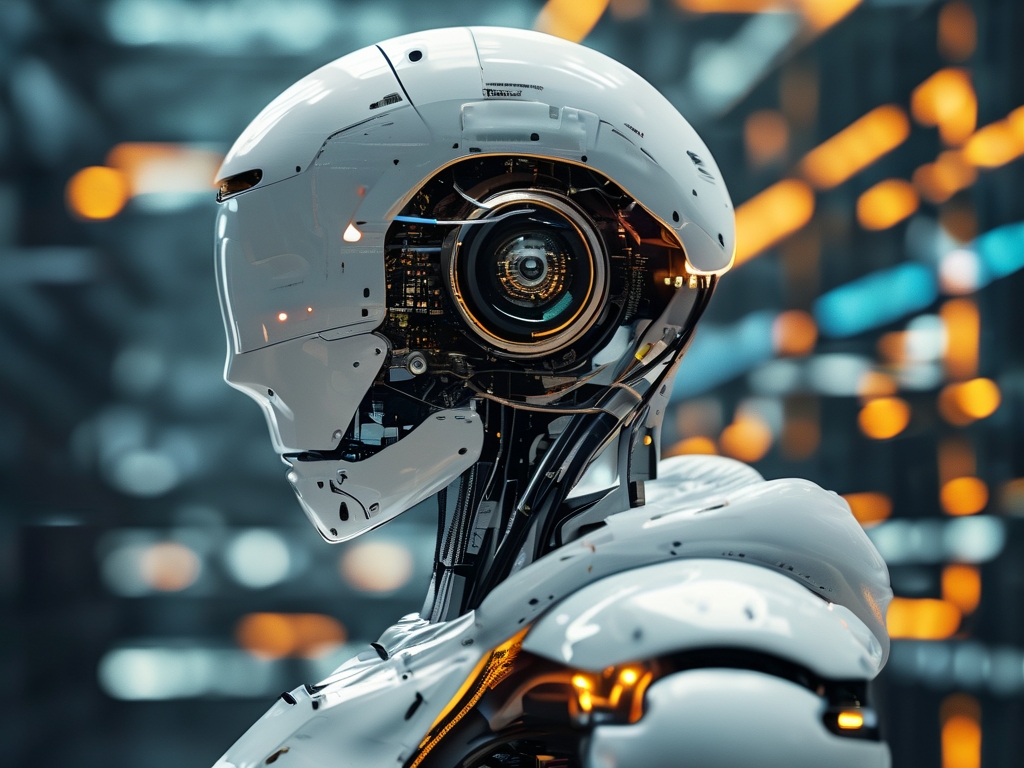
Ethical considerations form the shadow side of this progress. The European Robotics Board recently mandated algorithmic transparency protocols for social care robots, requiring developers to disclose decision-making parameters affecting human interactions. This stems from incidents where language models in companion robots inadvertently reinforced harmful stereotypes, highlighting the need for ethical frameworks that evolve alongside technical capabilities.
Looking ahead, quantum-enabled machine learning promises to solve optimization problems that currently limit swarm robotics. Early experiments at CERN demonstrate how quantum annealing could coordinate 10,000+ inspection drones in particle accelerators – a task that would overwhelm classical computing systems. As these technologies mature, we'll witness robots that don't just perform tasks, but actively redesign their own capabilities in response to environmental challenges.
The next frontier may lie in biohybrid systems. A University of Tokyo team recently integrated live muscle tissue with mechanical actuators, creating a robotic arm that heals minor tears through cellular regeneration. While still experimental, such convergence of biology and engineering hints at future machines that blur the line between organic and artificial intelligence.
From factory floors to operating theaters, the silent evolution of robotic technologies continues to reshape our world. As these systems grow more embedded in daily life, understanding their underlying mechanisms becomes crucial – not just for engineers, but for anyone navigating our increasingly automated future.


